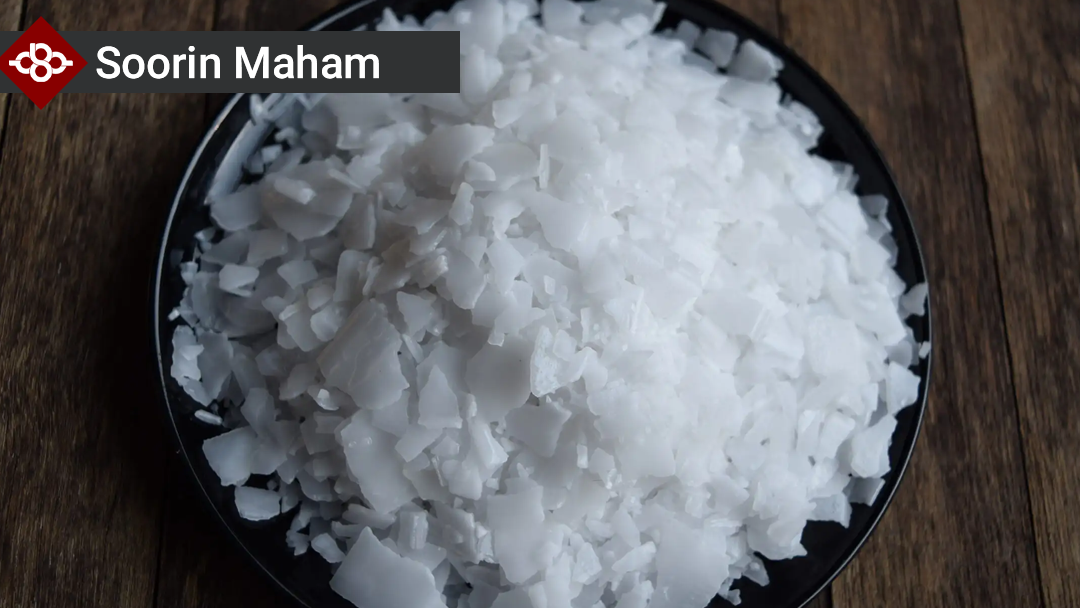Caustic soda, also known as sodium hydroxide (NaOH), is a highly versatile and widely used chemical in various industries. Its strong alkaline nature and ability to react with different substances make it an essential component in many industrial processes. This article explores the properties, production, applications, and global trade of caustic soda.
Properties and Production
Caustic soda is a white, crystalline solid that is highly soluble in water, producing a strong exothermic reaction. It is a powerful base and is highly corrosive, capable of reacting with acids and organic compounds. The chemical formula for caustic soda is NaOH, and it is commonly available in several forms, including flakes, pellets, and aqueous solutions.
The primary method of producing caustic soda is through the chlor-alkali process, which involves the electrolysis of sodium chloride (table salt). This process yields caustic soda, chlorine gas, and hydrogen gas. The chlor-alkali process can be carried out using different types of electrolytic cells, including diaphragm cells, membrane cells, and mercury cells.
Industrial Applications
Caustic soda is used in a wide range of industries due to its reactive properties. Here are some of the key applications:
- Chemical Manufacturing: Caustic soda is a fundamental raw material in the production of various chemicals, including plastics, solvents, and dyes. Its role as a strong base and versatile reactant makes it indispensable in chemical synthesis.
- Paper and Pulp Industry: In the paper and pulp industry, caustic soda is used in the pulping process to break down wood into cellulose fibers. This process, known as the Kraft process, involves separating lignin from cellulose fibers, resulting in high-quality paper. Caustic soda is also used in paper recycling to remove ink from recycled paper.
- Textile Industry: Caustic soda is used in the textile industry for processes such as mercerization, which enhances the strength, luster, and dye affinity of cotton fibers. It is also involved in dyeing processes, ensuring vibrant and long-lasting colors.
- Soap and Detergent Manufacturing: The saponification process, essential for soap and detergent production, relies on caustic soda. It reacts with fats and oils to form soap, a fundamental step in the manufacturing of cleaning products.
- Water Treatment: Caustic soda is used in water treatment to neutralize acidity, adjust pH levels, and remove heavy metals from wastewater. Its alkaline properties make it an effective agent in these processes.
- Alumina Production: In the Bayer process, caustic soda is used to extract alumina from bauxite ore. This process is essential for the production of aluminum, which is used in various industries, including automotive, aerospace, and construction.
- Food Industry: Caustic soda is used in the food industry for processes such as peeling fruits and vegetables, processing cocoa and chocolate, and thickening ice cream.
- Pharmaceuticals: In the pharmaceutical industry, caustic soda is used in the production of various medications and products. It is involved in the synthesis of active pharmaceutical ingredients (APIs) and the formulation of drugs.
- Petroleum Industry: Caustic soda is used in the petroleum industry for refining crude oil. It helps in the removal of sulfur compounds and other impurities, ensuring the production of high-quality fuels.
Safety and Handling
Due to its highly corrosive nature, caustic soda must be handled with care. Proper safety measures include wearing protective clothing, gloves, and eye protection. It is also important to ensure adequate ventilation when working with caustic soda to avoid inhaling fumes. In case of contact with skin or eyes, it should be rinsed immediately with plenty of water, and medical attention should be sought.
Global Trade
Caustic soda is a globally traded commodity, with significant production and consumption in various regions. The major producers of caustic soda include the United States, China, and Europe. These regions have large chemical industries that require substantial amounts of caustic soda for various applications.
- United States: The U.S. is one of the largest producers and exporters of caustic soda. The country's chemical industry relies heavily on caustic soda for manufacturing processes, and it exports significant quantities to other regions.
- China: China is both a major producer and consumer of caustic soda. The country's rapid industrialization and large manufacturing sector drive high demand for caustic soda.
- Europe: Europe has a well-established chemical industry that uses caustic soda in various applications. The region also exports caustic soda to other parts of the world.
The global trade of caustic soda is influenced by factors such as production capacity, demand from various industries, and international trade policies. The average annual globally traded volume of caustic soda has fluctuated between 14-16 million metric tons over the past decade.
Environmental Impact
The production and use of caustic soda have environmental implications. The chlor-alkali process, particularly when using mercury cells, can lead to mercury pollution if not properly managed. Modern production methods, such as membrane cell technology, are more environmentally friendly and reduce the risk of pollution.
In terms of usage, caustic soda can contribute to water pollution if not handled and disposed of correctly. Industries using caustic soda must adhere to strict environmental regulations to minimize its impact on ecosystems.
Conclusion
Caustic soda is a crucial chemical with diverse applications across multiple industries. Its strong alkaline properties and reactivity make it indispensable in chemical manufacturing, paper and pulp production, textile processing, soap and detergent manufacturing, water treatment, and more. The global trade of caustic soda reflects its importance in industrial processes and its role in supporting economic activities worldwide.
